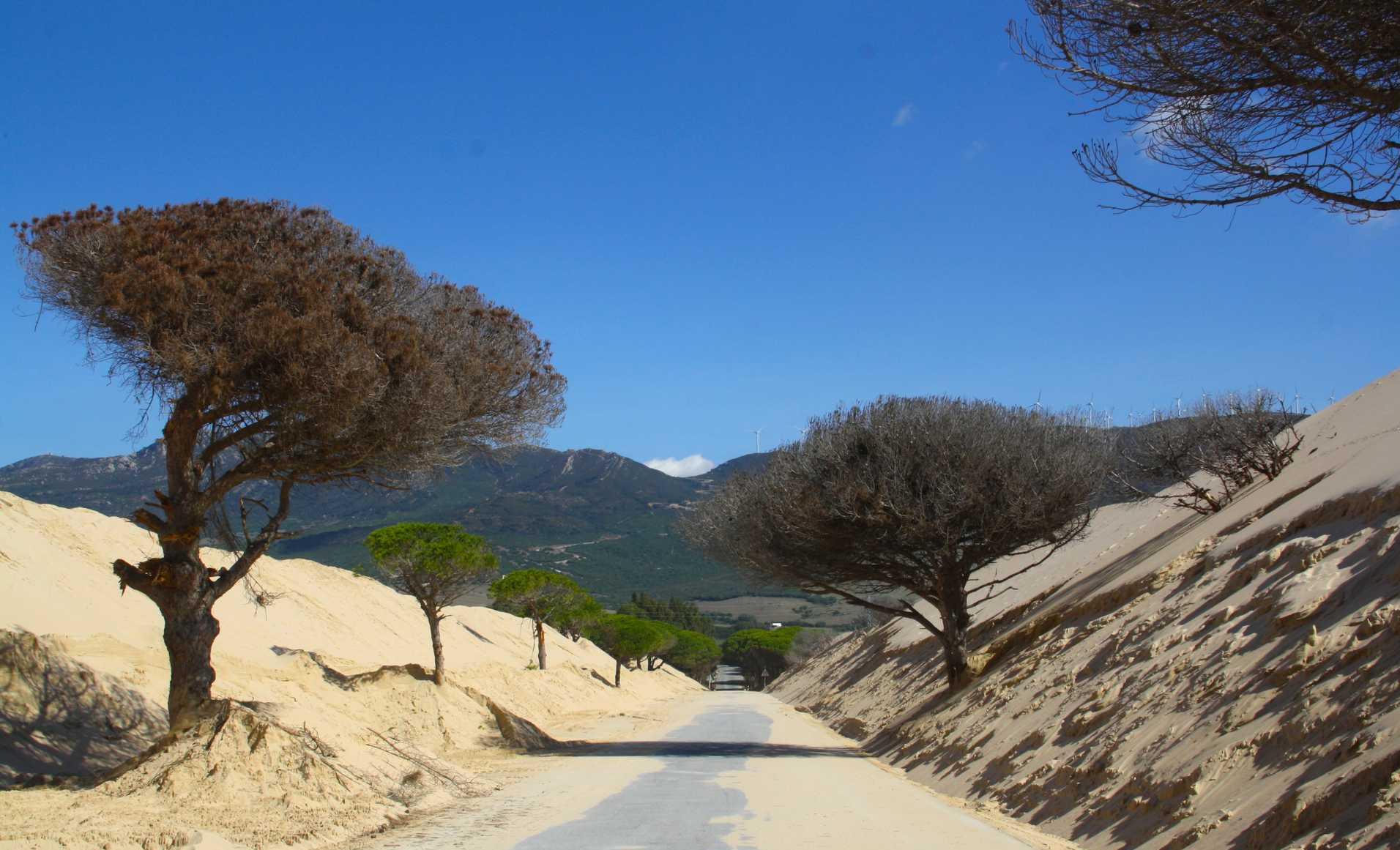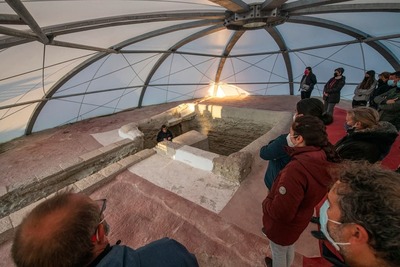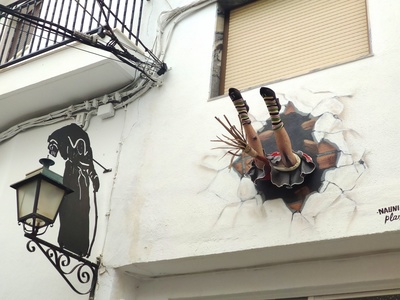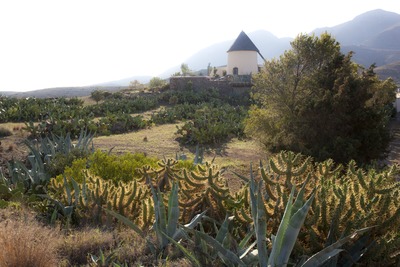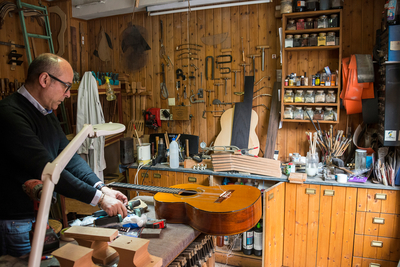Granada honey
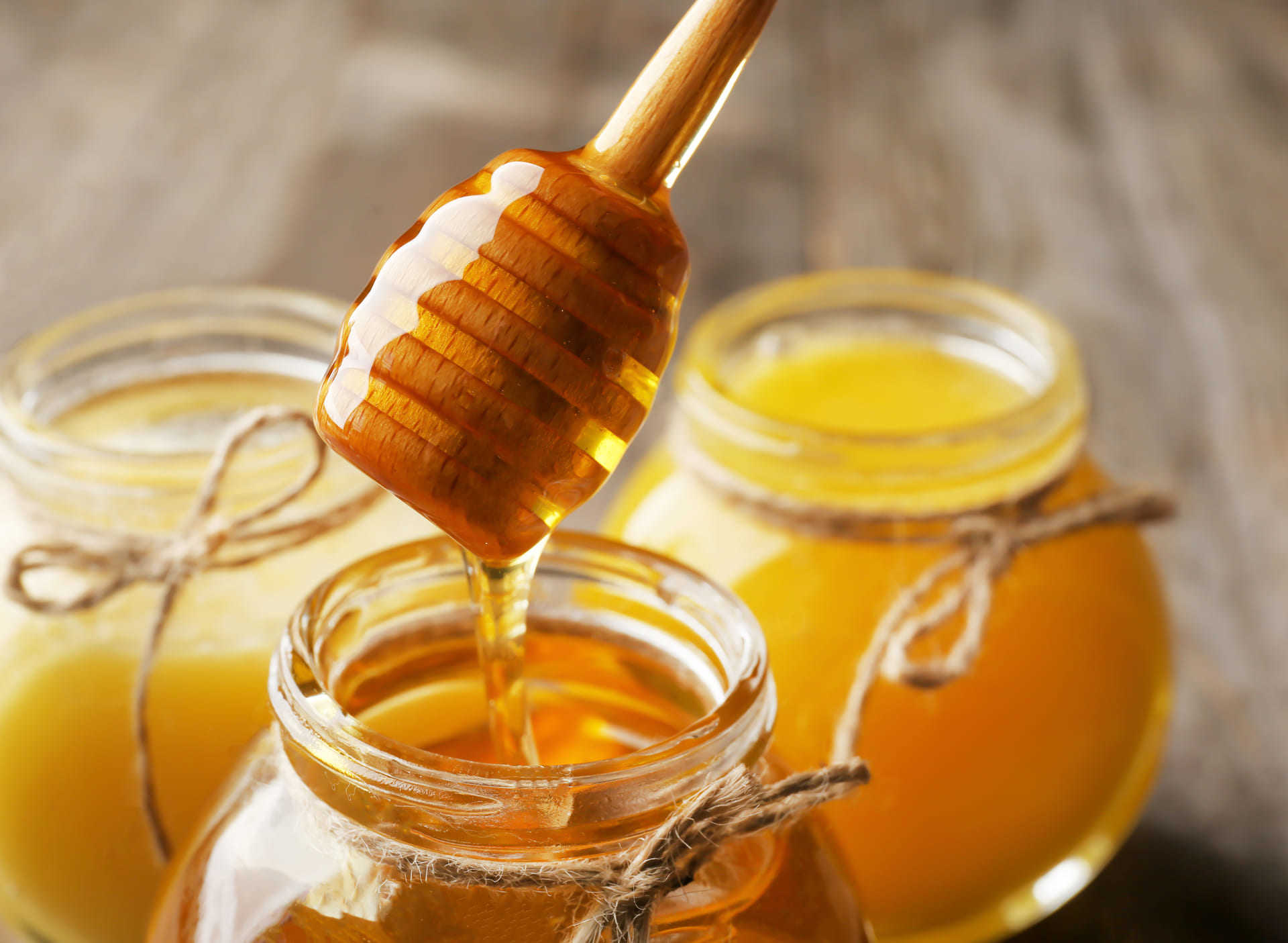
Acknowledging the natural grandeur and contrasting landscapes prevalent in the province of Granada, it is not surprising that one of its greatest gastronomic components is honey.
In such a diverse environment, with high peaks, mountain ranges, coast, valleys and plains, it is possible to find wide range of honeys, with different aromas, colours and shades. The unique characteristics of its natural features enable great diversity of production, both for multi-flower varieties ("de la sierra" and "mil flores") and single-flower varieties. Aromatic honeys deserve special mention, those made from thyme, rosemary or lavender, but chestnut, orange blossom and avocado are also exclusive to this region with micro-climates including subtropical.
The tradition of beekeeping in Granada is not recent, because the special characteristics of flora have made this possible since remote times. There are numerous historical references, such as those made by Ibn al-Khathib, who already mentions activities relating to the production of honey in the 14th century. Throughout history much has been written alluding to the benefits of this extraordinary food produced by beekeepers in the Kingdom of Granada.
Despite the verification of historical production, it was not until 1888 when a first estimated census was taken of the beehives existing in the territory, with a total of about 15,000. A number of different innovative techniques and tools were developed that would help boost the sector.
This traditional activity is currently a significant economic and cultural model in the province of Granada. There are about 50,000 beehives distributed throughout the territory, which generate 800 tons of this golden elixir per year. Acknowledgment of this product has now reached the point where it has its own Protected Designation of Origin, "Granada Honey". This protection guarantees the different standards of quality, prevents the addition of preservatives and artificial colouring and ensures that the honey is produced traditionally.
Did you know that beehives migrate with the seasons, like flocks of sheep and herds of cattle? This is to take advantage of flowering at different times of the year.
Honey Museum
In the heart of the Alpujarra and just as you enter the town of Lanjarón, you will find the Berta Wilhelmi estate, which is home to the Granada Honey Museum. It occupies a surface area of 18,000 square metres and includes a wax press, an educational-beekeeping itinerary and a collection of apiaries from different eras in the province's history of producing honey.
The Museum is an essential feature of the estate, with 500 square metres of interactive areas where you can learn about the world of bees, beehives, honey and beekeepers, always in an entertaining and participatory way. An example of this is the bee sound room, a games room for children and touch modules. It is open to visitors every day of the week, you there are no excuses for you not to enjoy such a sweet experience!




